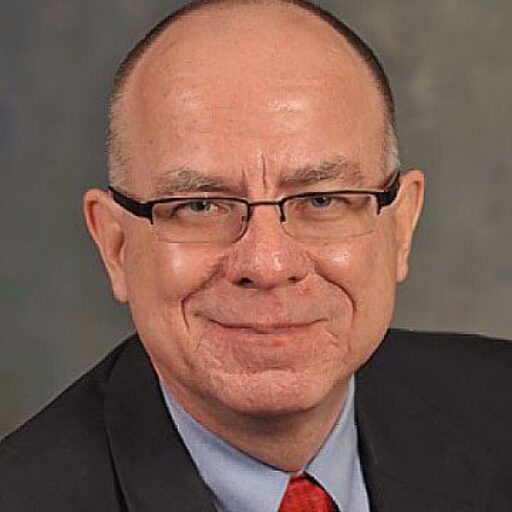 Smoking is the most preventable cause of death in our society. It is responsible for about 419,000 US deaths each year. Smoking accounts for 1/3 of cancer deaths. It is a major cause of heart disease and cancers of the lungs, mouth, pharynx, larynx, esophagus, pancreas, uterus, cervix, kidney, and bladder. The average smoker shortens his life by fifteen years!
Smoking is the most preventable cause of death in our society. It is responsible for about 419,000 US deaths each year. Smoking accounts for 1/3 of cancer deaths. It is a major cause of heart disease and cancers of the lungs, mouth, pharynx, larynx, esophagus, pancreas, uterus, cervix, kidney, and bladder. The average smoker shortens his life by fifteen years!
Nicotine and Addiction to Other Drugs & Alcohol
In 1988 the US Surgeon General reported that nicotine is just as addictive as heroin and cocaine. A “hit” of nicotine reaches the brain in seven seconds, twice as fast as a syringe of heroin injected into the vein. Recent studies have shown an irrefutable link between smoking cessation and success in drug treatment. Some have indicated that alcoholics and drug addicts who also stop smoking are up to eight times more likely to remain clean and sober! For this reason, practically all major hospital-based treatment facilities are now “smoke-free”.
There is an important spiritual principle in all of this. Paul says, “I will not be mastered by anything” (1 Cor. 6:12). Having one habit that maintains “mastery” over me means I don’t have complete victory in my life. This is a foothold in my life for “the enemy” that makes me more susceptible to other forms of temptation — like using alcohol and drugs again!
Practical Ideas for Recovery Programs
A. Make your building a “smoke-free zone“ – Every year thousands of nonsmokers die from inhaling “passive smoke”. So, setting up a special smoking area either in the building or outside will avoid risking the health of program workers, visitors, and clients.
B. Let the staff show the way – Program employees must be good examples by not smoking themselves. For those who do smoke, it might be appropriate to pay for whatever help they might need to stop. Dividends of a “smoke-free” staff include a lower rate of absenteeism and lower health-related insurance expenditures.
C. Make smoking cessation a definite component of your long-term program – Stopping smoking should not be a requirement for entrance into a recovery program. It may be appropriate, though, as a prerequisite for graduation or for moving into a later phase of the program. Just like other addictions, smokers need special support from classes, support groups, counseling, and other activities. This can also include nicotine gum and patches. A number of recovering people have actually told me that quitting alcohol and drugs was easy compared to quitting cigarettes. There are many good resources available including smoking cessation classes in the community, literature, and videos from a variety of health organizations. It may be possible to arrange for someone from one of them to do regular presentations on the topic for your residents.
D. Recognize the symptoms of nicotine withdrawal – Physiological symptoms include decreased heart rate, increased blood pressure, and brain wave changes. Those who quit smoking often experience impaired physical coordination and a decreased ability to concentrate. Severe cravings for tobacco, sleep disturbances, irritability, anxiety, and gastrointestinal disturbances also may occur. So, they need a lot of support and encouragement as they work through all this.
F. When to encourage residents to quit smoking – A long-term residential program is a special supportive environment. This makes it a great place to tackle nicotine addiction. All evidence points to the fact that the best time to begin quitting smoking is early in their stay. For some, trying to quit too soon can be stressful enough to cause relapse. However, if the proper support is provided, it can begin as soon as the individual feels ready to try.
Organizations that Provide Resources for People Who Want to Quit Smoking
- American Cancer Society
- American Lung Association
- American Heart Association Office on Smoking and Health
- Centers for Disease Control and Prevention – link to their “How to Quit Smoking” section
- National Cancer Institute
Local chapters and affiliates of these groups as well local hospitals are a potential sources of free literature and other educational resources and can point you to smoking cessation classes in your area.
Most statistical information for this article was taken from Smoking or Health – It’s Your Choice by Cathy Becker Popescu and J. M. Carey, American Council on Science and Health, New York, NY 1992 (select the link to access the PDF version)
NOTE: If you have found approaches that have been especially successful, we want to hear about them! Please contact me.
May/June 1996

 As I have mentioned in an earlier article, I am firmly convinced that we must help people in residential programs to be come integrated into two vital communities – the Church and the recovery community. There is life after the residential recovery pro gram and if we don’t spend enough time and energy preparing our clients for it, we have done them a great injustice.
As I have mentioned in an earlier article, I am firmly convinced that we must help people in residential programs to be come integrated into two vital communities – the Church and the recovery community. There is life after the residential recovery pro gram and if we don’t spend enough time and energy preparing our clients for it, we have done them a great injustice.

